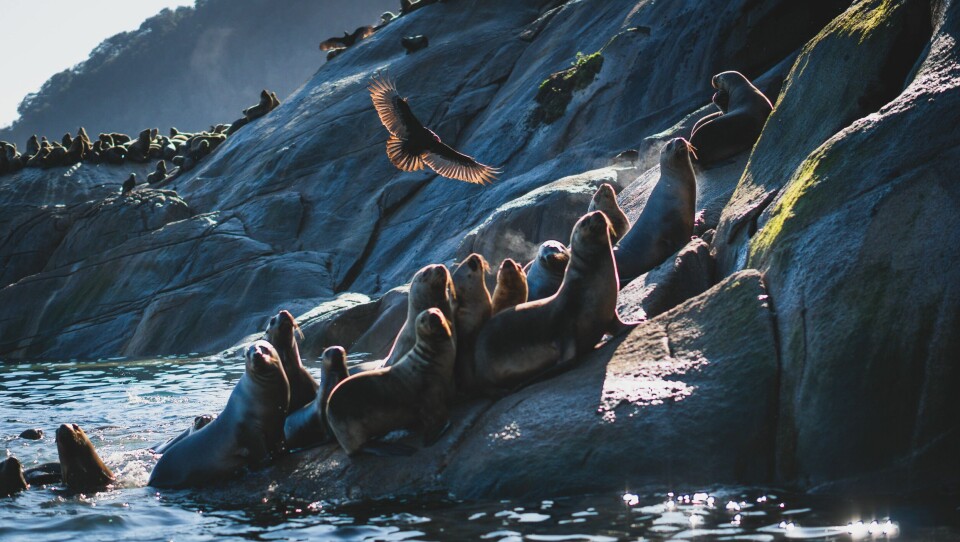
Pest or pal: do sea lions help clean up salmon escapes?
Researchers in Chile are hoping to give salmon farmers a new appreciation of sea lions by demonstrating their role in mitigating the effects of fish escapes.
Their study seeks to discover whether the South American sea lion, described as a generalist predator that can rapidly modify its diet according to changes in abundance of its prey, changes its diet in the face of massive salmon escapes. Around a million salmon escape from Chilean fish farms annually.
The study is financed by the University of Los Lagos, with help from the country’s biggest salmon farmer, AquaChile. It began last year and will run until 2022.

Estimating consumption
Edwin Niklitschek, academic at the Centre for Research and Development of Resources and Coastal Environments (i ~ mar Centre) of the University of Los Lagos, said: “Our objective is to know the response of the South American sea lion to the escape of salmon, to know if this response is different between the sea lion colonies and to evaluate the capacity that these colonies have to control salmon escapes.
“For this we need to know if this species effectively changes its diet in the face of escapes and becomes significantly concentrated on chasing and consuming these prey, something that is theoretically possible, but which we do not know happens in practice.
“It seems that on some occasions this species has reacted to the escapes and have changed their usual diet to consume these salmon, while at other times it has not been the case, so we want to evaluate this dynamic, estimate consumption and determine if their role is important to help mitigate the impacts of releases.”
Non-lethal monitoring
To carry out the study in the regions of Los Lagos and Aysén, the researchers are using modern and non-lethal techniques, among which are estimates of sea lion abundance through drones, collection and microscopic analysis of faeces and chemical analysis of small skin biopsies.
These biopsies are obtained using sterile controlled-penetration darts, fired from compressed air guns or modified crossbows. This method has proven to be effective and safe and is used in the study of many species of marine mammals throughout the world.
No cull
“It is important to note that we are using non-lethal methods and that we try to highlight the importance of these predators to help their protection and conservation,” said Niklitschek.
“In a quick response it can be said that for the benefit of these productive sectors [such as salmon farming], it may seem reasonable to someone to reduce the size of the populations.
“However, when we begin to understand the ecosystem role that these predator populations have, we are probably going to realise that it will be a very bad idea to carry out some kind of population control of nature that some leaders of these productive sectors are proposing.”






















































